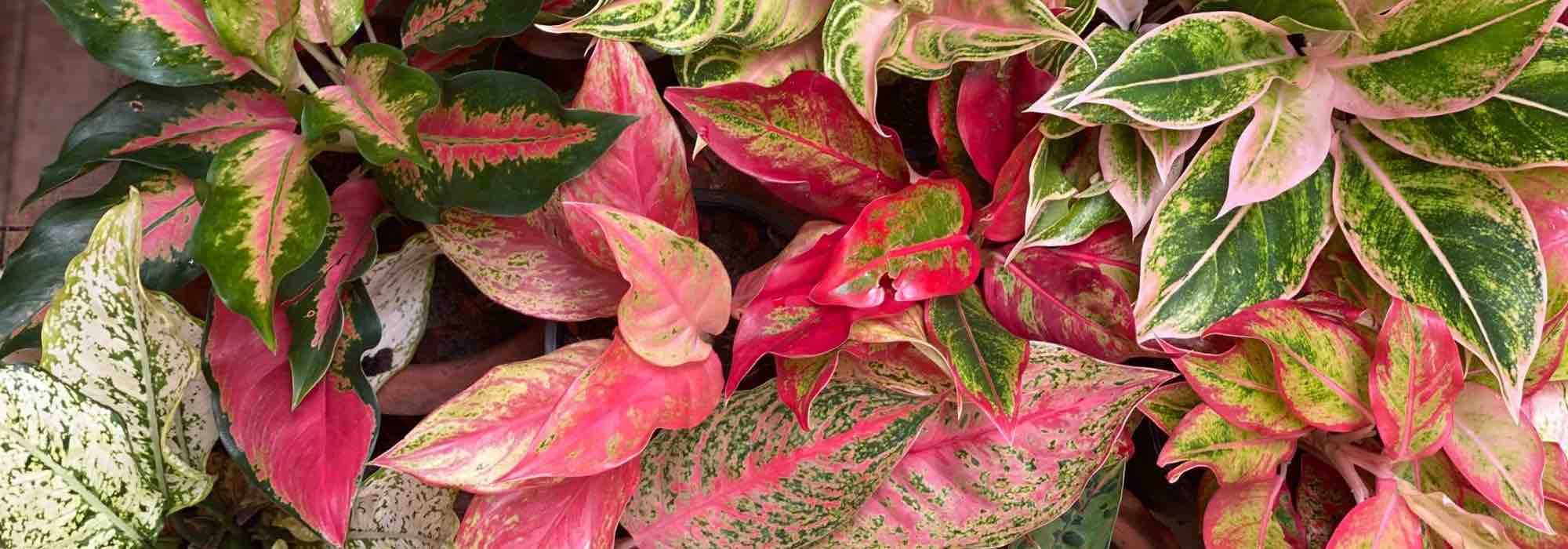
Aglaonema: Diseases, Parasites and Common Problems
Identify, prevent and treat
Contents
The Aglaonema is a popular houseplant prized for its colourful, marbled, speckled foliage, full of whimsy. Like any plant, it can be prone to certain issues: yellowing leaves, brown spots, drooping foliage, or infestations by parasites such as scale insects and spider mites. These problems may be caused by overwatering, overly dry air, or insufficient light.
In this article, we help you quickly identify signs of disease and infestations, understand their causes, and adopt the right practices to keep your Chinese Evergreen in top health. With our simple and effective advice, you’ll know how to prevent and treat these issues before they become too invasive.
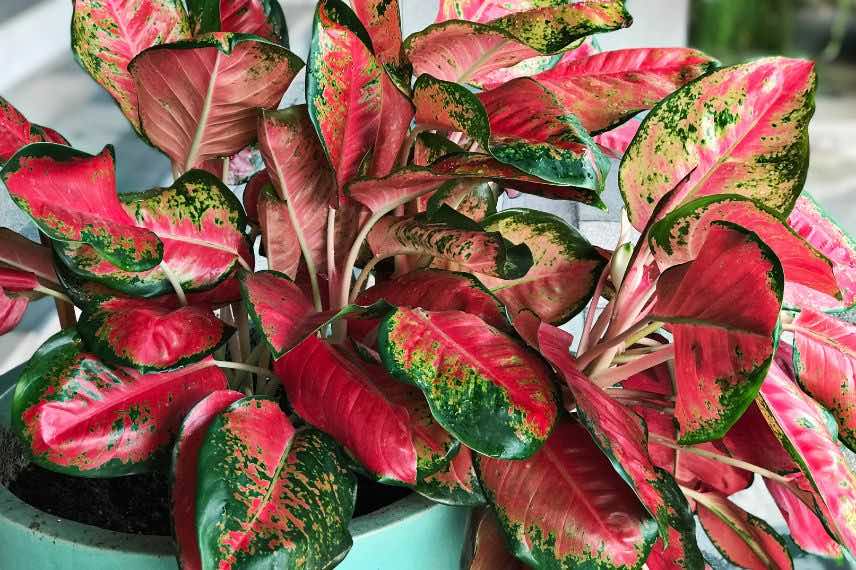
Maintain ambient humidity for your Aglaonema between 50 and 70% to keep its leaves beautiful and healthy
Common Diseases and Problems of Aglaonema
Aglaonemas are fairly easy-to-care-for houseplants, but unsuitable growing conditions can lead to problems. Here are the most common diseases and disorders, along with appropriate solutions.
Root Rot
Symptoms are visible on the leaves, which start to yellow, then the plant collapses. When removing the plant from its pot, the roots appear blackened and soft, and an unpleasant odour may emanate from the soil.
Overwatering is often the cause, particularly when watering is too frequent and water stagnates at the bottom of the pot. Poor drainage, overly compact soil or a pot without drainage holes can also encourage rot.
Solutions:
- Ensure the pot has drainage holes to prevent water accumulation.
- Use well-draining soil, composed of a light, high-quality potting mix for houseplants, mixed with perlite at around 20%.
- Space out watering and wait until the soil surface dries before watering again.
- If rot occurs, remove the plant from the pot, trim damaged roots with disinfected scissors, and repot in fresh, dry soil.
Brown or Black Spots on Leaves
Dark spots appear on the leaves and gradually spread, weakening the foliage. In some cases, the leaf becomes brittle and eventually falls.
These spots are often due to a fungal or bacterial infection encouraged by excessive humidity and poor air circulation.
Solutions:
- Avoid watering the foliage and prefer watering at the base of the plant.
- Ensure good ventilation around the plant to reduce stagnant humidity.
- Trim affected leaves with disinfected scissors to prevent spread.
- Apply a natural antifungal treatment, such as a horsetail decoction spray or a baking soda solution.
Yellow Leaves
Why are my Aglaonema’s leaves turning yellow? This is a universal question among houseplant enthusiasts. The leaves lose their green colour and gradually turn yellow, sometimes starting at the tips or base of the plant.
Overwatering is the most common cause, as it prevents the roots from breathing properly. Insufficient light can also slow photosynthesis and cause yellowing. Sometimes, a nutrient deficiency, particularly nitrogen or magnesium, leads to leaf lightening. And finally, it may simply be underwatering—though by observing your watering habits and the soil, you should be able to determine whether over- or underwatering is the issue.
Solutions:
- Check that the soil dries on the surface before watering again.
- Move the plant to a brighter spot, but avoid direct sunlight.
- Apply a balanced fertiliser once or twice a month during the growth period.
→ Note that it may also simply be mature leaves ready to drop (due to ageing!), in which case, it’s only occasional.
Brown Leaf Edges
The edges of the leaves turn brown and dry, giving the foliage a scorched or dehydrated appearance.
Overly dry air is often responsible, especially if the plant is near a heater or air conditioning, but not exclusively, as Aglaonemas require a minimum ambient humidity of 50% and up to 70%. A build-up of mineral salts in the soil, due to hard water use, can also cause this issue. Cold drafts and temperature fluctuations can worsen the problem.
Solutions:
- Increase ambient humidity using a humidifier, grouping plants together, or misting leaves (with non-calcareous water).
- Water with non-calcareous water, such as filtered, demineralised, or rainwater.
- Keep the plant away from heat sources and drafts.
Drooping Leaves
The leaves become soft, droop, and seem to lack “firmness”.
Underwatering can cause temporary drooping, but overwatering can also suffocate the roots and have the same effect. Stress from recent repotting or sudden temperature changes can also weaken the plant.
Solutions:
- Check soil moisture and water if needed.
- If the soil is waterlogged, space out watering and ensure proper drainage.
- Ensure soil quality and add perlite or change the potting mix if necessary.
- After repotting, wait a few days before resuming watering to avoid stress.
Mould on Soil
A thin layer of white or greenish mould appears on the soil surface.
Excessive humidity combined with poor ventilation encourages fungal growth. Soil overly rich in decomposing organic matter can also be a contributing factor.
Solutions:
- Let the soil surface dry between waterings to avoid excess moisture.
- Ventilate the room or move the plant to a better-ventilated area.
- Remove the contaminated top layer of soil and sprinkle with charcoal or cinnamon powder for their antifungal properties.
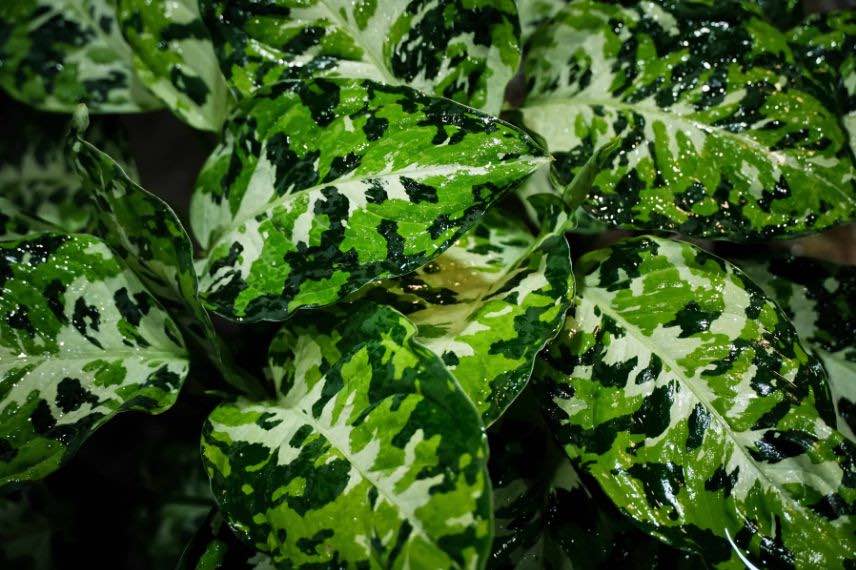
Aglaonema pictum ‘Tricolor’, a rare beauty with stunning leaves that would be a shame to see damaged!
Common parasitic pests of Aglaonema
Although Aglaonemas are relatively resistant to pests, some parasitic insects can still infest the plant indoors, causing weakening, slowed growth, and damage to the leaves. Left untreated, the plant may gradually decline.
Spider Mites
The leaves begin to yellow and dry out, often irregularly. Upon closer inspection, fine white webs may appear under the leaves and along the stems.
Spider mites thrive in dry air and high temperatures. They often appear in winter when indoor air is less humid due to heating.
Solutions:
- Shower the plant to dislodge spider mites and their webs.
- Clean the leaves with a damp cloth to remove parasites.
- Increase humidity around the plant by misting regularly with non-calcareous water or using a humidifier.
- Several natural treatments are effective: read our dedicated article on spider mites.
Mealybugs
Small white cottony clusters appear on the leaves and stems, often in the leaf axils. The leaves may yellow and become deformed.
A warm, dry environment encourages mealybug development. They spread quickly from plant to plant, especially when growing conditions are not ideal.
Solutions:
- Inspect the plant regularly to detect early signs of infestation.
- Remove mealybugs manually with a cotton swab dipped in 70° alcohol.
- Wash the leaves with a solution of water and black soap, mixed with 1 tsp of alcohol and rapeseed oil.
- Read our guide to learn all about mealybugs.
Fungus Gnats (Soil Flies)
Small black flies hover around the pot. The plant appears to weaken without obvious cause, and young shoots yellow prematurely. In the substrate, tiny white larvae may be seen attacking the roots.
Excess moisture in the potting mix is the main cause of fungus gnats. These insects lay their eggs in constantly damp soil, where their larvae feed on the plant’s roots.
Solutions:
- Allow the soil to dry between waterings to disrupt the larvae’s life cycle.
- Place a thin layer of perlite, clay pebbles, or small stones on the soil surface to prevent females from laying eggs.
- Introduce beneficial nematodes (microscopic worms) that parasitise and kill fungus gnat larvae.
- Set up yellow sticky traps near the plant to catch adult flies and limit reproduction.
- Read our article on fungus gnats to learn more.
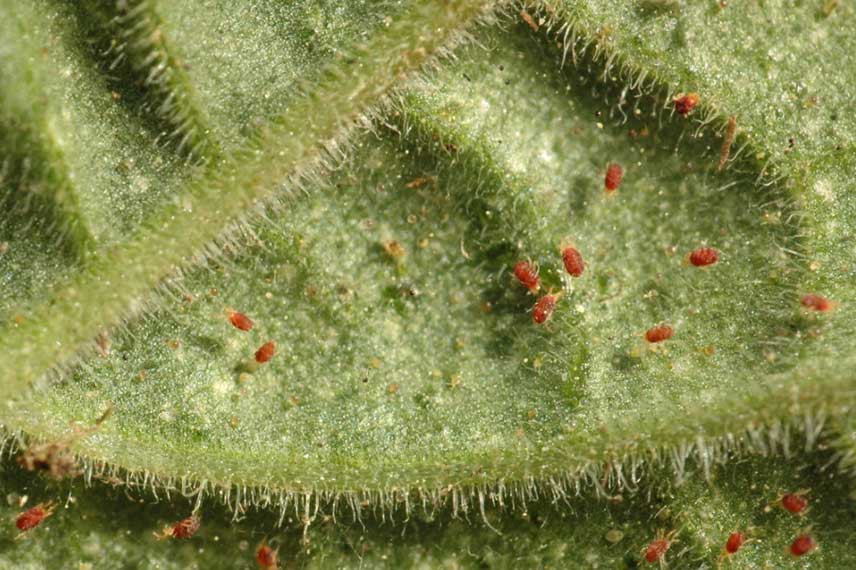
Spider mites, difficult to see with the naked eye
- Subscribe!
- Contents
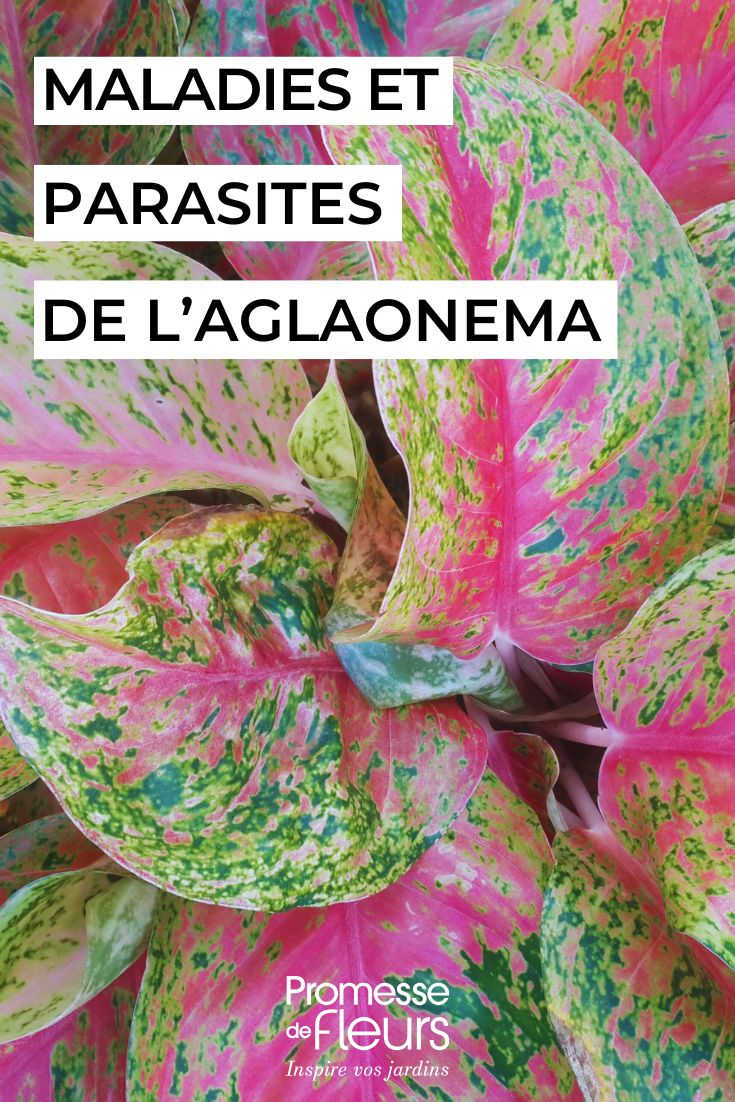































Comments